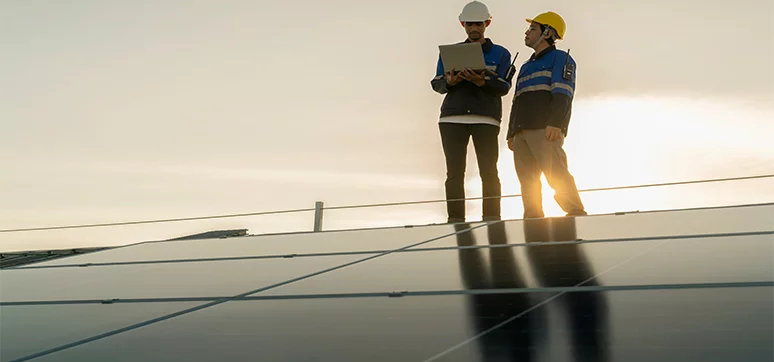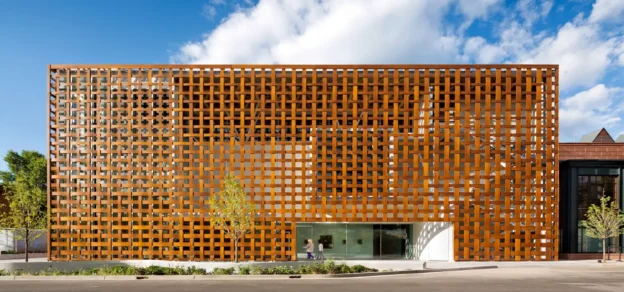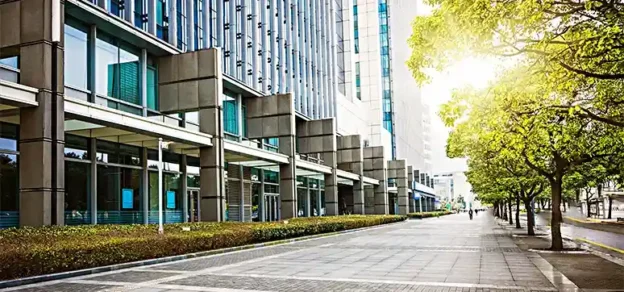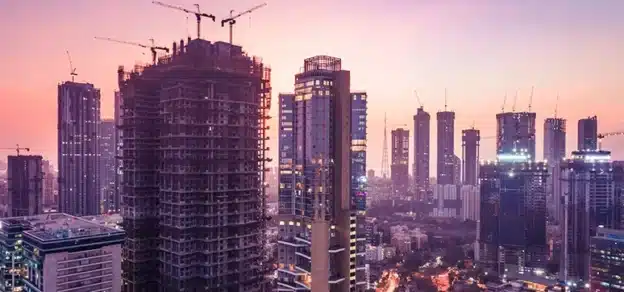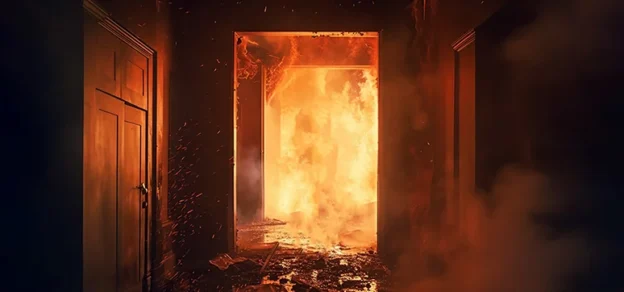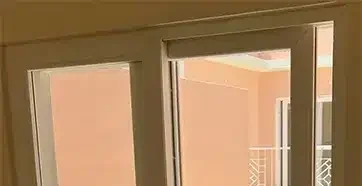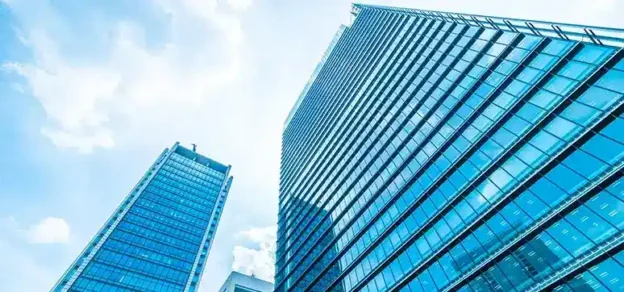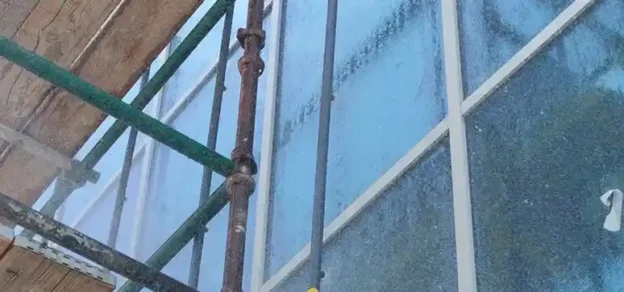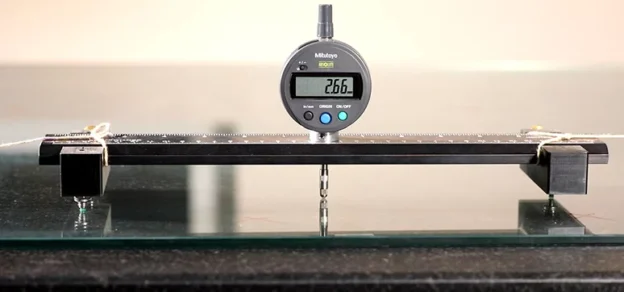Façade as per layman’s term shall be the exterior of a building, even if it is not built with bricks and mortar then too forms the face of the building. The façade is the first thing people notice when they enter any building premise. India, as a developing country, has started understanding the importance of façade inspections, and indeed, it is the need of the hour. International companies are acting as a catalyst to this process of pushing Inspection as a necessary mandate for every project under the ‘facility management’ vertical.

Irrespective of the functionality of the building – be it a commercial building, educational, institutional, healthcare or recreational, its external condition counts. Also, every building is different depending on its location, conceived and designed by an architect, wind load requirements, seismic zone criteria, glass grid modulation, orientation towards the solar path, selectivity of glass, project geometry, etc. hence every inspection report brings its own unique sets of challenges, associated the with overall performance of the building façade.
A detailed Façade inspection can identify issues before they magnify as problems. Knowing what the existing and potential issues are crucial to ensuring the safety, aesthetics and value of a building, and enhancing its overall building life. Generally, it is recommended that the façade inspection be done every three to five years even if a building is in good condition.
IMPORTANCE OF FAÇADE INSPECTION
It’s important for building owners to understand the benefits of a façade inspection.
1. Façade inspection can identify any loose, missing, or otherwise damaged building façade elements that need to be repaired immediately or in the near term. This helps to maintain a safe building for the occupants and building users, as well as to protect passers-by on the sidewalks or roadways adjacent to the building from any potential for falling debris.

2. Façade inspection can identify more nuanced water infiltration issues or other façade deficiencies for the building owner. This allows building owners to be proactive in their maintenance efforts and eliminate small problems before they become large problems. It is much easier and less costly to replace the joint sealants on a building façade elevation, or retrofit a metal flashing over an open façade joint than to perform costly mold remediation and interior repairs related to water infiltration through the building façade.
3. Façade inspections help to reduce the liability of the building owner. By identifying building façade concerns early, the risk of falling debris and unknown water infiltration are reduced. This in turn can reduce the cost of associated insurance premiums for the property.
4. Façade inspections are an integral part of the effective facility management of any well-maintained building or facility. They help the facility or property manager have a clear picture of the capital expenditure associated with the exterior of the building. This knowledge allows for more accurate forecasting of CAPEX budgets and alleviates the need for emergency repairs.
VISIBLE SIGNS OF DETERIORATION
Signs of deterioration visible to the naked eye that indicate a thorough and in-depth façade inspection by a professional is called for. These include signs such as cracks, rust stains, physical deterioration around balconies, and displacement of stone or concrete blocks or bricks. These assessments help inform recommendations for potential energy savings and identify areas at risk for water intrusion, prevent the risk of repetition of any issues like glass breakage, and identify the cause of glass breakage.

Generally, a façade inspection specialist or ‘due diligence expert’ will lookout for the following visible signs of deterioration:
• Drainage: Check your drains, gutters and downspouts! Dirt and debris can interfere with normal drainage paths. If the gutter is blocked, drainage can be redirected to an area within the building envelope, which could possibly be seen as leakage inside the building.
• Sealant: Cracks, detachment, penetration, change of colour, etc.
• Glass: Cracks if any chipped edge, displacement, coating damage
• Aluminium: Visual damage, corrosion, scratching on coating
• Gasket: Hardening, missing, detachment
• Sashes: Malfunctioning, lock fails, hinges stuck, fixing screws missing, loose
• Leakage: Sign of leakage, complaints from the users.
• Screws/Rivets & Bolts: Corrosion to aluminium members, loosened screws, missing screws.

• Checking the main frame, connection gasket, weather gasket, glazing bead, bracket, anchor (to main construction), cascade drainage gasket, insulation panel.
• Air Barrier Criteria: Check for alignment of the insulation and the air barrier in the drop ceiling or soffit and seal any gaps in the air barrier. Check that the opening, drop downstairs, or knee wall doors to unconditioned attic spaces are sealed.
• Analysing the Fire Stop details from floor to floor just to restrict fire in case of aerial fire.
• Check for proper sealing between the framing and skylights, and the jambs of the windows and doors.
• Analysing the proper engagement of gaskets
A detailed façade inspection is carried out for providing a detailed report to inform the clients of the best practices, mitigation measures, and short and long-term maintenance suggestions. Hence, we recommend that for enhancing building longevity, façade inspections are essential in helping to determine cost-effective maintenance and repair solutions.

Visual façade inspection is a very important tool for the ass
